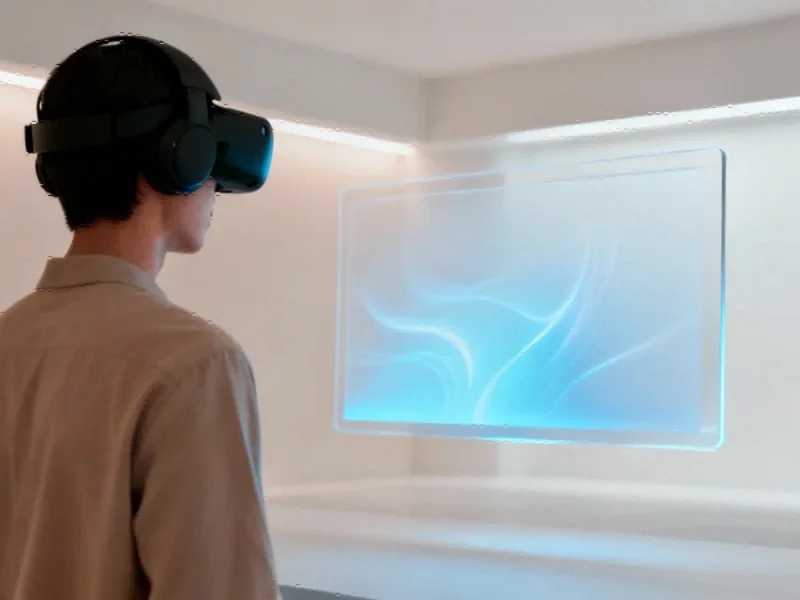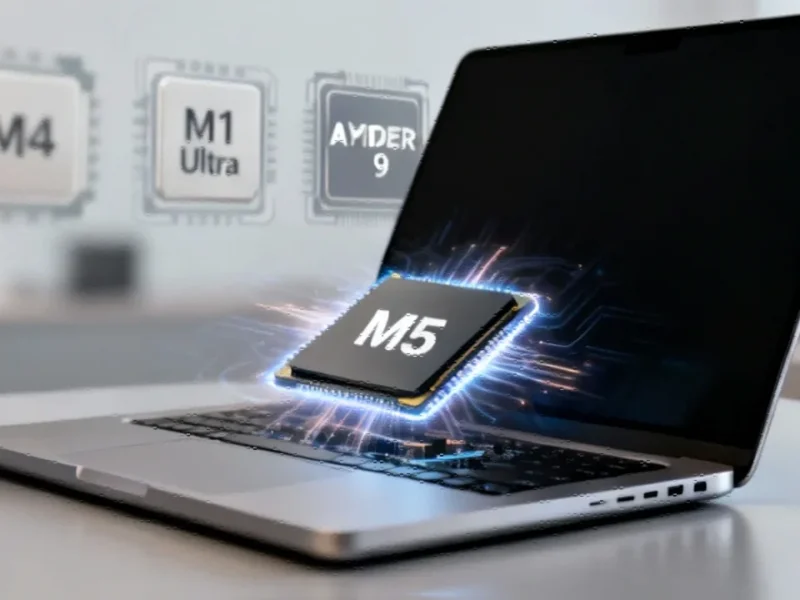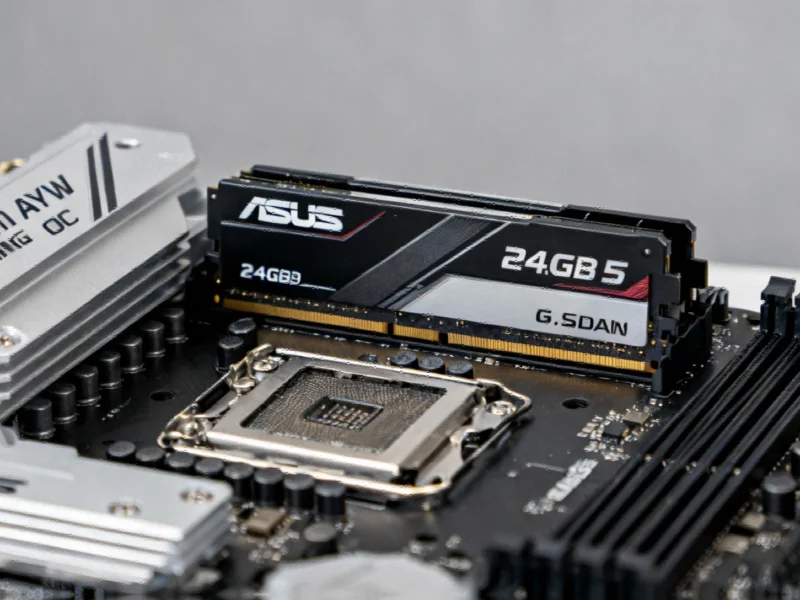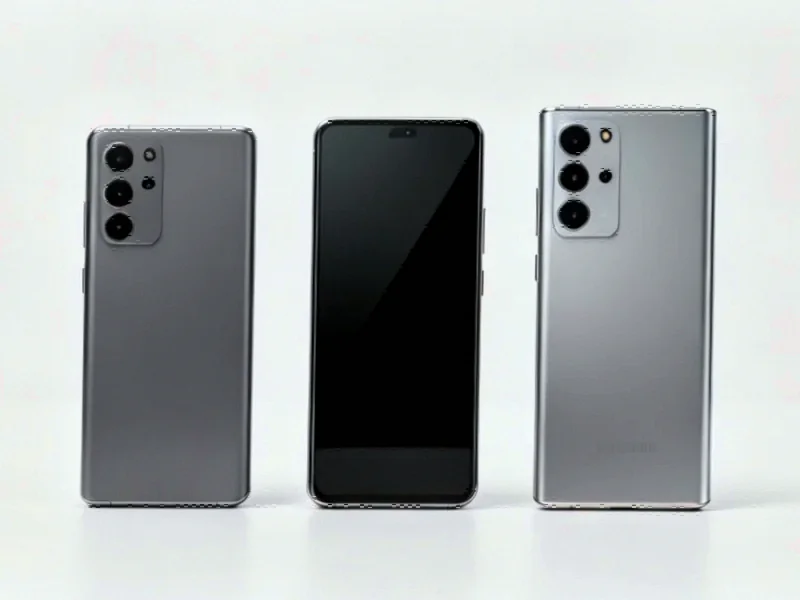The Untapped Potential of Vision Pro as a macOS Platform
Apple’s recent announcement of a Vision Pro model featuring the powerful M5 chipset represents another incremental step in the company’s mixed reality journey. However, this upgrade fails to address what many in the industrial computing sector see as the device’s fundamental missed opportunity: the chance to become a true wearable Mac workstation rather than remaining tethered to iPad-level functionality.
The industrial computing market has been watching Apple’s spatial computing ambitions with keen interest, particularly as recent industry discussions highlight the growing demand for more versatile computing platforms. The Vision Pro’s continued separation from macOS represents a puzzling strategic decision that limits its potential in professional environments where Mac computing power is essential.
Industrial Computing Demands More Than Tablet Performance
When Apple initially revealed the Vision Pro would feature M-series chips—first the M2 and now the M5—many industrial users anticipated a device that could handle complex CAD applications, engineering simulations, and data analysis tools typically reserved for desktop workstations. Instead, the headset remains largely confined to running iPad applications, missing the opportunity to become a true mobile workstation for field engineers, manufacturing specialists, and industrial designers.
The dual-chip architecture—with the M-series handling computational tasks and the R1 managing sensor input—theoretically provides the foundation for running full macOS applications. This capability would align with broader industry developments in mobile computing solutions that are transforming how professionals work in field environments.
The Economic Argument for macOS Integration
While the Vision Pro’s price point has drawn criticism, integrating macOS functionality would fundamentally change the value proposition for industrial users. The ability to replace multiple monitors, laptops, and specialized display equipment with a single headset could justify the investment for many enterprises. This approach mirrors how other strategic technology investments are evaluated in industrial contexts—not by upfront cost alone, but by total operational impact.
Consider the industrial applications that remain out of reach without macOS integration:
- Advanced CAD and modeling software used in manufacturing and engineering
- Complex data visualization tools for monitoring industrial processes
- Specialized industrial control applications that require desktop-level computing
- Development environments for creating and testing industrial software
Spatial Computing Versus Spatial Tableting
Apple’s insistence on branding the Vision Pro as a “spatial computing” device while limiting it to tablet-class applications creates a fundamental disconnect. True spatial computing in industrial contexts means manipulating complex 3D models, visualizing multi-dimensional data sets, and interacting with professional software in immersive environments—capabilities that demand desktop-level computing power.
The current implementation, where Mac integration is limited to serving as an external display, represents a significant underutilization of the hardware’s potential. This approach stands in contrast to other strategic shifts happening across technology sectors, where integration and convergence are driving innovation.
The Path Forward for Industrial Applications
With the M5 chip now powering both the Vision Pro and MacBook Pro, the technical barriers to macOS integration have diminished. Apple could implement a straightforward solution: allowing macOS applications to run in 2D floating windows within the Vision Pro environment, similar to how users interact with them on traditional computers or when using the headset as an external display.
This approach would immediately unlock the Vision Pro’s potential for:
- Field maintenance technicians accessing full desktop diagnostic tools
- Industrial designers reviewing and modifying complex models on-site
- Manufacturing supervisors monitoring production data in immersive displays
- Research and development teams collaborating in shared virtual workspaces
The industrial computing sector continues to evolve rapidly, with numerous related innovations transforming how professionals work. Apple’s Vision Pro, with its advanced display technology and powerful computing capabilities, could be at the forefront of this transformation—if the company embraces its potential as a true wearable Mac rather than a sophisticated tablet for your face.
Conclusion: A Critical Juncture for Spatial Computing
As Apple prepares to launch the M5-powered Vision Pro, the company stands at a crossroads. The industrial computing market represents a significant opportunity for spatial computing adoption, but only if the platform can deliver the computational power and software compatibility that professionals require. Without macOS integration, the Vision Pro risks remaining a niche device for entertainment and light productivity tasks, missing its chance to revolutionize how industrial professionals work and collaborate.
The timing is particularly crucial given the accelerating pace of market trends in specialized computing hardware. If Apple fails to bridge the gap between visionOS and macOS with this generation, the Vision Pro may never achieve its potential as a transformative tool for industrial computing—a missed opportunity that both enterprise users and Apple shareholders may come to regret.
This article aggregates information from publicly available sources. All trademarks and copyrights belong to their respective owners.
Note: Featured image is for illustrative purposes only and does not represent any specific product, service, or entity mentioned in this article.



